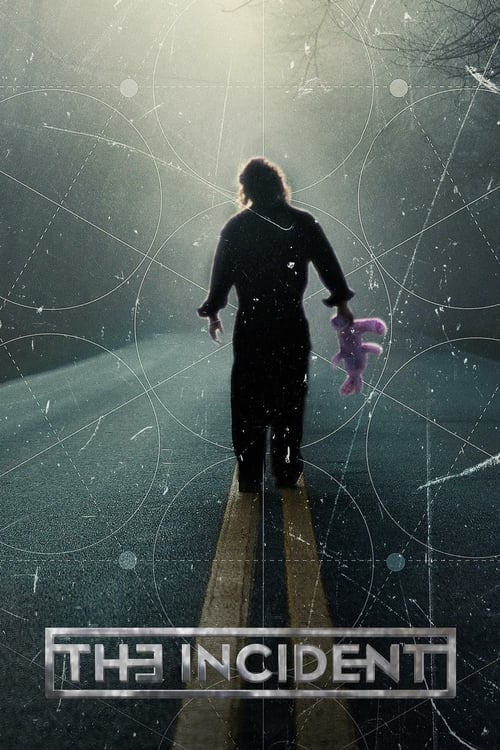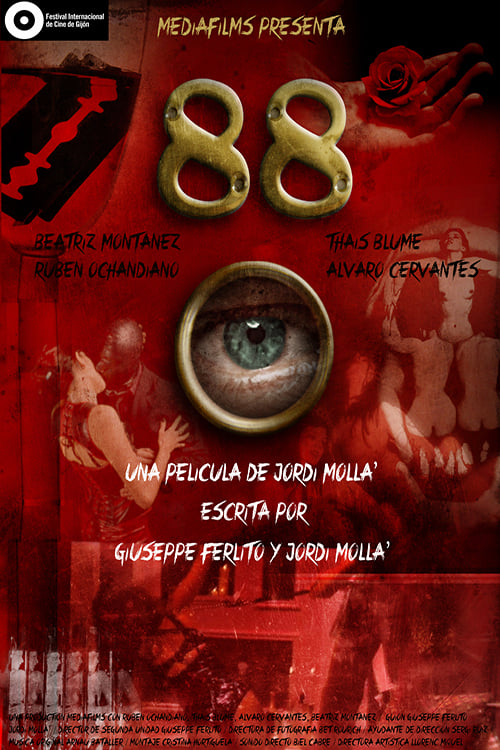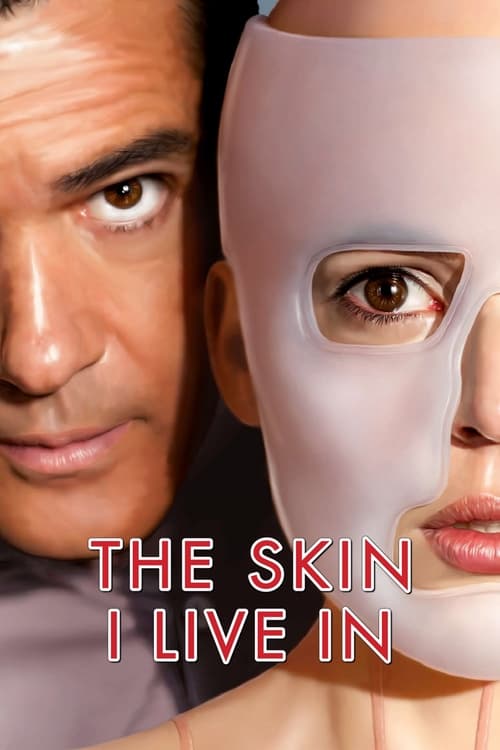
Ask Your Own Question
What is the plot?
Julia's Eyes: Complete Plot Narrative
The film opens in shadow and silence, where we first encounter Sara Levin, a woman trapped in total darkness--not merely because she is blind, but because blindness has become her prison. Sara sits in her home, fully sightless due to a degenerative eye disease that has stolen her vision completely. But she is not alone in the darkness. An unseen presence haunts her, a figure who moves through her house like a ghost, leaving no trace, no face, no identity. This invisible tormentor plays a song--"The Look of Love"--a beautiful melody that Sara despises, and the juxtaposition of beauty and cruelty becomes the soundtrack to her suffering. The psychological torture intensifies day after day, the invisible man's presence becoming an unbearable weight upon her mind. Unable to escape, unable to see her attacker, unable to fight back against an enemy she cannot perceive, Sara makes a desperate decision. She descends into her basement and hangs herself, ending the torment the only way she knows how.
When Sara's body is discovered, the authorities quickly conclude what seems obvious: suicide. A woman driven to despair by blindness, they reason, would naturally take her own life. The case appears closed, the mystery solved. But Sara's twin sister Julia Levin refuses to accept this explanation. Julia, who shares the same degenerative eye condition as her sister, still possesses partial sight--her vision deteriorating but not yet extinguished. Where others see only the tragic end of a blind woman's suffering, Julia sees something else entirely: the carefully constructed facade of a murder.
Julia moves into Sara's house, ostensibly to arrange her sister's funeral, but her true purpose is investigation. Her husband Isaac accompanies her, a supportive presence as Julia begins to piece together the final days of Sara's life. Julia is determined to uncover the truth, despite the skepticism of Inspector Dimas, the police officer assigned to the case. Dimas dismisses Julia's suspicions, unwilling to reopen a case already classified as suicide. But Julia persists, driven by an intuition that something darker lurks beneath the surface of Sara's death.
Julia's investigation leads her to the Centro Baumann, a center for the blind where Sara spent time among others like herself. Here, Julia learns crucial information: Sara had a secret boyfriend, a man whose identity remains mysterious. This revelation contradicts the narrative of a lonely, isolated woman with no connections. Someone was in Sara's life, someone she cared about enough to keep hidden. Julia begins to follow the threads of Sara's final days, trying to construct a timeline, trying to understand who this mysterious lover might be and what role he played in her sister's death.
As Julia pursues her investigation, she becomes aware of being followed. A mysterious man chases her through the streets, but when she reports the incident to the police, Inspector Dimas remains unconvinced. He sees only a woman losing her grip on reality, a woman whose deteriorating eyesight and grief are clouding her judgment. The police offer no protection, no investigation into this shadowy figure. Julia is alone in her pursuit of truth, and the invisible man--the same figure who tormented Sara--has now turned his attention to her.
The stress of her investigation and emotional turmoil accelerates Julia's eye condition. Her vision deteriorates more rapidly, the degenerative disease progressing as her anxiety increases. Desperate to save what remains of her sight, Julia undergoes an eye operation, hoping that a corneal transplant from a donor will restore her vision. An eye donor is found, and the surgery proceeds. But the recovery process is grueling. Julia must wear protective bandages over her eyes for two weeks, kept in darkness while the grafted tissue heals. She is told that removing the bandages prematurely could cause irreversible damage to her newly transplanted eyes.
During her recovery, Julia returns to Sara's house with the assistance of a home nursing aide named Iván. For nearly two weeks, Iván proves to be patient and caring, helping Julia navigate her temporary blindness, assisting her with daily tasks, and gradually helping her regain her independence and confidence. But there is something unsettling about Iván's presence. The camera never shows his face clearly; he remains partially obscured, a shadowy figure attending to Julia's needs. This deliberate visual technique creates an atmosphere of distrust. Is Iván truly a caregiver from the hospital, or is he something far more sinister?
Four days before Julia is scheduled to remove her bandages, an unseen man enters her home while she sleeps. He attempts to drug her, to render her unconscious and vulnerable. But Julia wakes, panicked and disoriented, and in her confusion, she accidentally strikes the intruder. Terrified, she flees into the night, running blindly through the rain, desperate to escape. She finds refuge with a neighbor named Blasco, but when he makes unwanted advances toward her, Julia escapes again, calling out for help. Iván arrives and finds her hiding outside in the rain, soaked and trembling. He escorts her to his apartment, a place of temporary safety.
But when Iván drives Julia back to Sara's house the next day, something shifts. Julia senses a wrongness in his behavior, a subtle change in his demeanor. She flees from the car and runs to Soledad's house--the home of her and Sara's mother. Soledad welcomes her daughter, offering comfort and shelter. But then Iván arrives at Soledad's door, and when he enters, he addresses Soledad not as a stranger but as "Mom," revealing himself as Ángel, Soledad's missing son.
The revelation is shocking, but it is only the beginning. As Ángel's true identity emerges, another truth becomes apparent: Soledad is not blind. The woman who has claimed blindness, who has lived in darkness alongside her daughters, is a fraud. She can see perfectly well. Candles flicker in her home, and glasses sit on surfaces--objects that would be meaningless to a truly blind person but which Soledad navigates with ease. The deception is exposed in these small, damning details.
Ángel, enraged and desperate, turns on his mother. He attacks her violently, and in a horrifying act of revenge, he injects chemicals directly into her eyes--chemicals that destroy her optic nerves, causing permanent blindness. Soledad screams as her vision is stolen from her, as she experiences the very darkness she has pretended to inhabit for so long. The irony is cruel and complete.
Julia, witnessing this violence, flees once more. She manages to contact the police, and as officers arrive at Soledad's house, Julia uses a flashlight to illuminate the darkness, revealing Ángel's hiding place. There, in the corner of the room, bloodied and cornered, the invisible man finally becomes visible. But Ángel does not surrender to the police. Instead, in a final act of desperation and self-destruction, he slits his own throat, ending his life as the officers close in.
The truth about Ángel emerges in the aftermath. He is a psychopath who has stalked Julia and Sara for reasons rooted in his fractured psychology. He believes that only blind people can truly see in the shadows, that blindness grants a special perception that sighted people can never achieve. He has targeted blind women, tormenting them, stalking them, and in Sara's case, driving her to suicide. He confesses to loving Sara, and now to loving Julia, wanting to possess her, to keep her forever in his twisted world of darkness and obsession.
Ángel's invisibility--his ability to move through the world unseen, unnoticed, unremarkable--has been both his weapon and his curse. He is a man who feels invisible in life, a man desperate to mean something to someone, to matter in the eyes of another person. His love is possessive and destructive, a force that consumes rather than nurtures. He wanted Julia to be blind, to be dependent on him, to exist in a world where he alone could guide her, where she would need him absolutely.
But Julia survives. She escapes Ángel's grasp, and in doing so, she exposes him to the light of truth and justice. However, her survival comes at a cost. Julia is now fully blind. Her vision, which she fought so desperately to preserve, has been lost entirely. The eye operation that was meant to save her sight has failed, and her premature removal of the bandages--done in panic and desperation--has caused irreversible damage. Julia emerges from this ordeal sightless, but alive.
The film closes on Julia, now existing in the permanent darkness that Sara knew, the darkness that Ángel believed held special meaning. But Julia's blindness is not the end of her story; it is a transformation. She has survived a predator who targeted the vulnerable, who exploited blindness as both weapon and obsession. She has solved the mystery of her sister's death, uncovering the invisible man who haunted them both. And though she has lost her sight, she has gained something else: the knowledge that she is stronger than the darkness, stronger than the invisible forces that sought to destroy her.
The investigation into Sara's death reveals a web of deception and tragedy. Créspulo, another character connected to the case, is killed by Ángel, though the police initially rule it an accident, adding another layer of hidden violence to Ángel's crimes. Isaac, Julia's husband, is found dead in Sara's house with a suicide note confessing his affair with Sara and his love for her. His death adds complexity to the family dynamics, revealing that even those closest to Julia harbored secrets and struggled with their own demons.
Lía, a woman who tries to warn Julia about Iván being the invisible man stalking them, is killed by Ángel before she can fully protect Julia, silenced by the very predator she tried to expose. Each death is a testament to Ángel's ruthlessness, to his willingness to eliminate anyone who threatens his obsession or stands in his way.
The film's visual language reinforces its themes throughout. As Julia's vision deteriorates, the cinematography becomes increasingly constrained, mirroring her shrinking world. A particularly memorable shot near the end shows clouds drifting across the moon, leaving only a sliver of light in the night sky--a visual metaphor for Julia's remaining eyesight, a thin thread of perception in an expanding darkness. This image encapsulates the film's central tension: the struggle between sight and blindness, between visibility and invisibility, between the seen and the unseen.
The song "The Look of Love" becomes a haunting motif, a beautiful melody twisted into an instrument of psychological torture. What should be a romantic expression becomes a weapon in Ángel's arsenal, used to torment Sara day after day until she can no longer bear it. The irony is devastating: a song about love becomes the soundtrack to cruelty, a reminder that beauty and horror are often intertwined.
Julia's investigation is ultimately successful, but it comes at tremendous personal cost. She solves the mystery of Sara's death, exposing the invisible man who murdered her sister and tormented her family. She survives an encounter with a dangerous predator. But in surviving, she loses the very thing she fought so hard to preserve--her sight. The film suggests that some victories are pyrrhic, that some truths come at prices too high to bear.
Ángel's final act--slitting his own throat as the police close in--is both an escape and a confession. Unable to possess Julia, unable to maintain his invisibility, unable to continue his reign of terror, he chooses death over capture, oblivion over accountability. In his final moment, he becomes visible not as a person but as a corpse, his invisibility ending in the most permanent way possible.
The film ends with Julia in darkness, but it is a darkness she has chosen to survive, a darkness she has conquered through determination and courage. She is blind, but she is alive. She is sightless, but she has seen the truth. And in that paradox lies the film's ultimate message: that blindness is not merely the absence of sight, but can be a form of vision--a way of perceiving truth that transcends the merely visual, a way of understanding the world that goes deeper than what the eyes alone can reveal.
What is the ending?
In the ending of "Julia's Eyes," Julia confronts the mysterious figure who has been stalking her and ultimately sacrifices herself to save her sister. The film concludes with a haunting sense of loss and the lingering impact of Julia's choices.
As the climax unfolds, Julia, now fully aware of her impending blindness, is driven by desperation to uncover the truth behind her sister's death. She discovers that the killer is a man who has been preying on blind women, and she realizes that she must confront him to protect others. In a tense showdown, Julia faces the man in a dark, abandoned building. Despite her deteriorating vision, she fights fiercely, but ultimately, she is overpowered. In a moment of selflessness, she sacrifices herself, allowing her sister to escape and ensuring that the killer is brought to justice. The film ends with a poignant image of Julia's sacrifice, leaving a lasting impact on the audience.
Now, let's delve into the ending in a more detailed, chronological narrative.
As the film approaches its climax, Julia is increasingly consumed by fear and determination. She has been piecing together the clues surrounding her sister's mysterious death, and the weight of her impending blindness looms heavily over her. The emotional turmoil is palpable; Julia feels a mix of dread and resolve as she prepares to confront the man who has been stalking her.
In the dimly lit corridors of an abandoned building, Julia's heart races. She knows she is running out of time, both in terms of her vision and her ability to protect herself and her loved ones. The atmosphere is thick with tension as she navigates the shadows, her senses heightened despite her failing eyesight. Each creak of the floorboards and whisper of the wind amplifies her anxiety.
Suddenly, she comes face to face with the killer, a figure shrouded in darkness. The confrontation is intense; Julia's fear is palpable, but so is her determination. She fights back with everything she has, using her remaining sight to her advantage. The struggle is brutal, and the stakes are high. Julia's internal conflict is evident; she is not just fighting for her life but also for the memory of her sister and the safety of others who might fall victim to this man.
As the fight escalates, Julia realizes that she cannot win this battle alone. In a moment of clarity, she understands that her sacrifice might be the only way to stop the cycle of violence. With a heavy heart, she makes the decision to allow her sister to escape, knowing that her own fate is sealed. This moment is filled with raw emotion; Julia's love for her sister shines through her fear, showcasing her selflessness.
In the final moments, Julia is overpowered by the killer. The scene is heart-wrenching as she faces her end, but there is a sense of peace in her sacrifice. The camera lingers on her face, capturing the mix of fear and acceptance as she embraces her fate. The killer, now revealed, is left standing in the shadows, a chilling reminder of the darkness that lurks in the world.
The film concludes with a haunting silence, leaving the audience to grapple with the weight of Julia's sacrifice. Her sister, now free, is left to carry the burden of loss and the memory of Julia's bravery. The final shot serves as a poignant reminder of the fragility of life and the lengths one will go to protect those they love.
In summary, Julia's fate is one of tragic heroism; she sacrifices herself to save her sister and confront the evil that has taken so much from her. The killer remains a looming threat, but Julia's actions ensure that his reign of terror is brought to an end, leaving a lasting impact on those who survive her.
Is there a post-credit scene?
In the movie "Julia's Eyes," there is no post-credit scene. The film concludes with a tense and emotional climax that wraps up the story of Julia, a woman who is slowly losing her sight while investigating the mysterious death of her twin sister. The ending leaves a lasting impact, focusing on Julia's struggle and the resolution of her journey, but it does not include any additional scenes or content after the credits. The film's conclusion is designed to resonate with the audience, emphasizing themes of fear, isolation, and the quest for truth.
What happens to Julia's sister, Sara, and how does it impact Julia?
Sara, Julia's twin sister, is found dead at the beginning of the film, which sets off a chain of events that deeply affects Julia. Sara was also suffering from a degenerative eye condition, and her death raises suspicions for Julia, who begins to investigate the circumstances surrounding it. This loss drives Julia into a desperate search for the truth, revealing her own fears about her deteriorating eyesight and the potential for a similar fate.
How does Julia's vision impairment affect her investigation?
Julia's progressive vision impairment complicates her investigation into her sister's death. As her eyesight worsens, she struggles to navigate her surroundings and piece together clues. This physical limitation heightens her vulnerability and creates a sense of urgency, as she races against time to uncover the truth before she loses her sight completely.
What role does the character of the blind man play in Julia's journey?
The blind man, who is revealed to be a key figure in the mystery of Sara's death, represents both a source of fear and a potential ally for Julia. Initially, he embodies the threat of the unknown, as Julia suspects he may be involved in her sister's demise. However, as the story unfolds, he becomes a complex character who offers insights into her condition and the nature of her investigation, ultimately influencing Julia's understanding of her own fears.
What is the significance of the photographs Julia finds during her investigation?
The photographs that Julia discovers serve as crucial evidence in her quest to understand what happened to Sara. They reveal hidden connections and suggest a deeper conspiracy surrounding her sister's death. Each photograph acts as a visual clue that propels Julia further into the mystery, while also reflecting her emotional turmoil and the haunting memories of her sister.
How does Julia's relationship with her husband, Iván, evolve throughout the film?
Julia's relationship with Iván is strained as the film progresses, primarily due to the stress of her investigation and her deteriorating eyesight. Initially, Iván is supportive, but as Julia becomes increasingly obsessed with uncovering the truth about Sara's death, their bond is tested. Iván's concern for Julia's well-being clashes with her determination, leading to moments of tension and emotional distance, ultimately revealing the fragility of their relationship amidst the chaos.
Is this family friendly?
"Julia's Eyes," produced in 2010, is not considered family-friendly due to its intense themes and graphic content. Here are some potentially objectionable or upsetting aspects that may affect children or sensitive viewers:
-
Violence and Threats: The film contains scenes of violence, including physical confrontations and threats that can be disturbing.
-
Murder and Suspense: The plot revolves around a series of murders, which creates a tense and suspenseful atmosphere that may be unsettling.
-
Psychological Horror: The film explores themes of fear, isolation, and the psychological impact of losing one's sight, which can be emotionally intense.
-
Dark Themes: The narrative delves into themes of despair, loss, and the struggle against an unseen antagonist, which may be distressing for some viewers.
-
Graphic Imagery: There are moments that depict blood and injury, contributing to the film's horror elements.
These aspects make "Julia's Eyes" more suitable for mature audiences rather than children or those sensitive to such content.

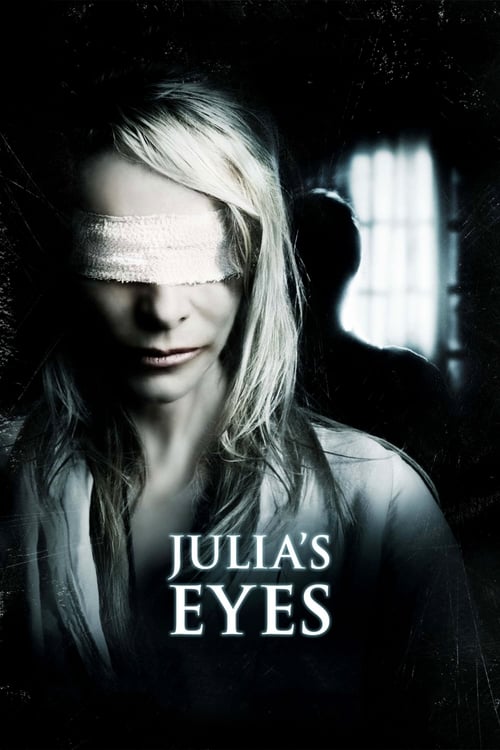





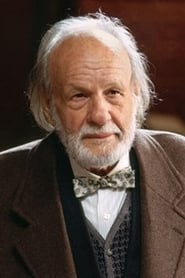


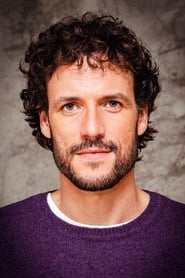











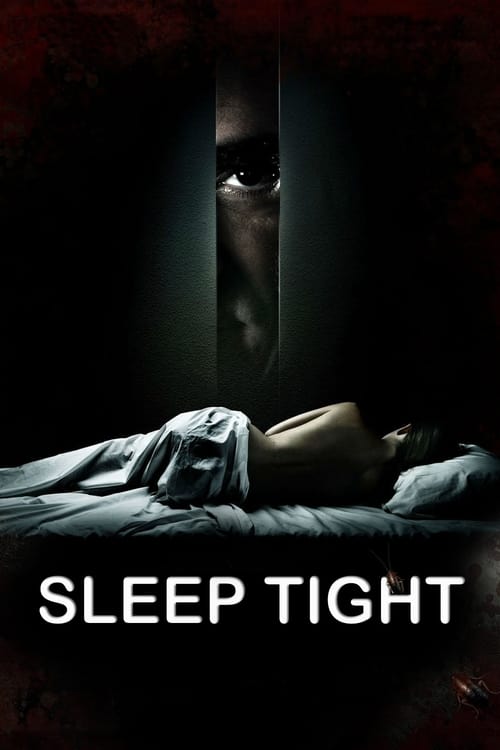
![[REC]⁴ Apocalypse (2014) poster](https://image.tmdb.org/t/p/w500/nlSSZNESHkY1iPzYnpcRvYUr7Mz.jpg)
